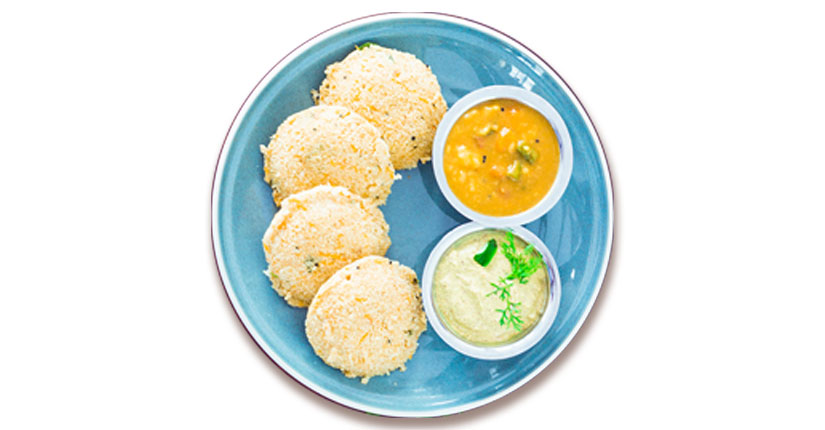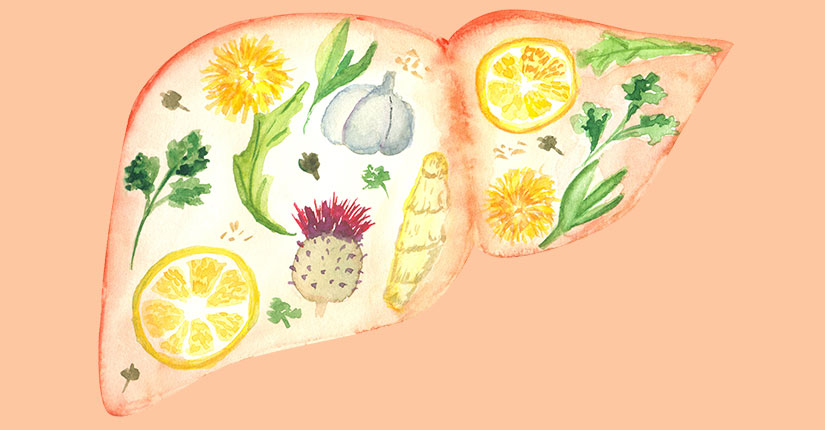5 Steps for Food safety at home
By Nmami Agarwal 07-Jun 2022 Reading Time: 6 Mins

Unsafe and contaminated food has been an ancient health problem and is still prevalent across the globe.
Despite advances in science, technology and agriculture industry to improve the safety of the food supply, occurrence of foodborne disease still remains a significant health issue in both developed and developing countries. As stated by WHO, it has been estimated that each year 1.8 million people die as a result of diarrhoeal diseases and most of these cases can be attributed to contaminated food or water.
However, we can make a difference just with proper food preparation and food handling we can prevent most foodborne diseases.
Here are the 5 easy steps for Food safety at home:
- Keep clean
Washing hands before handling food and during food preparation is a very important step as it’s the first point of contamination. Also, washing hands after using the restroom goes without saying. It is also necessary to wash, clean, sanitise and disinfect the kitchen surfaces, utensils and equipment that are needed for food preparation. Protecting kitchen areas from insects, pests and other animals is also crucial. On doing so, we minimise the contact of microbes with the food that are usually transmitted through cloths, utensils and unclean hands. - Separate raw and cooked food
Separating raw and cooked food will help prevent ‘Cross contamination’ which is transfer of microbes from raw to cooked food. Thus, while shopping, make sure to keep raw food especially meat, seafood and poultry away from vegetables and dairy products.When it’s time to wash the raw food, make sure there are separate utensils to wash the meat and vegetables.
Maintain different sections in your refrigerator where the lowest section is for the vegetables followed by the meat and fish section. Dairy products and Milk should have a separate section and it should be above the meat section to avoid cross contamination. Cooked food should always be covered with a lid or be stored in air tight containers and should be kept in the top section of the refrigerator. To summarise, separation of raw and cooked food is not just during cooking but should be during all phases of food preparation including the slaughtering process.
- Cook thoroughly
Proper cooking can kill almost all dangerous microbes. Cooking food to a temperature of 70 degrees can help ensure it is safe for consumption. Since it’s difficult to measure the temperature on a daily basis, the best way to know that the food is safe is to assess the colour and consistency. Change of colour and thickness in the gravy can be an indication that it is cooked well. If you use a microwave for heating your food, make sure to use a higher grade of plastic or best is to use glass. Some plastic containers release toxic chemicals upon heating which can be dangerous to our health. - Keep food at safe temperatures
Once the food is cooked, you can keep it at room temperature for 2 hours maximum. After that, make sure you store it in an airtight container and refrigerate it to prevent microbial growth. Keep food piping hot (More than 60 degrees) before serving to ensure it’s free of microbes. Do not store food too long, even in the refrigerator. Do not thaw frozen food at room temperature. First, let it settle and then start the process. Microbes multiply very quickly if food is stored at room temperature. By holding at temperatures below 5 degrees or above 60 degrees, the growth of microorganisms is slowed down or stopped. - Use safe water and raw materials
While buying or using food- Select fresh and wholesome food, avoid food that is damaged or rotting, choose pasteurised milk and irradiated meat. Wash fruits and vegetables with safe water especially if eaten raw or with skin. Do not use food after its expiry date. Throw away smashed, swollen or oxidised cans.
Over to you:
Knowledge and awareness always leads to prevention. As it’s rightly said, “Charity begins at home”, it is important to practice the food safety methods starting at home and to educate the people in our neighbourhood so that we can prevent ourselves from the lethal food borne illnesses.





















